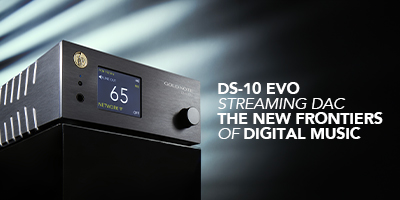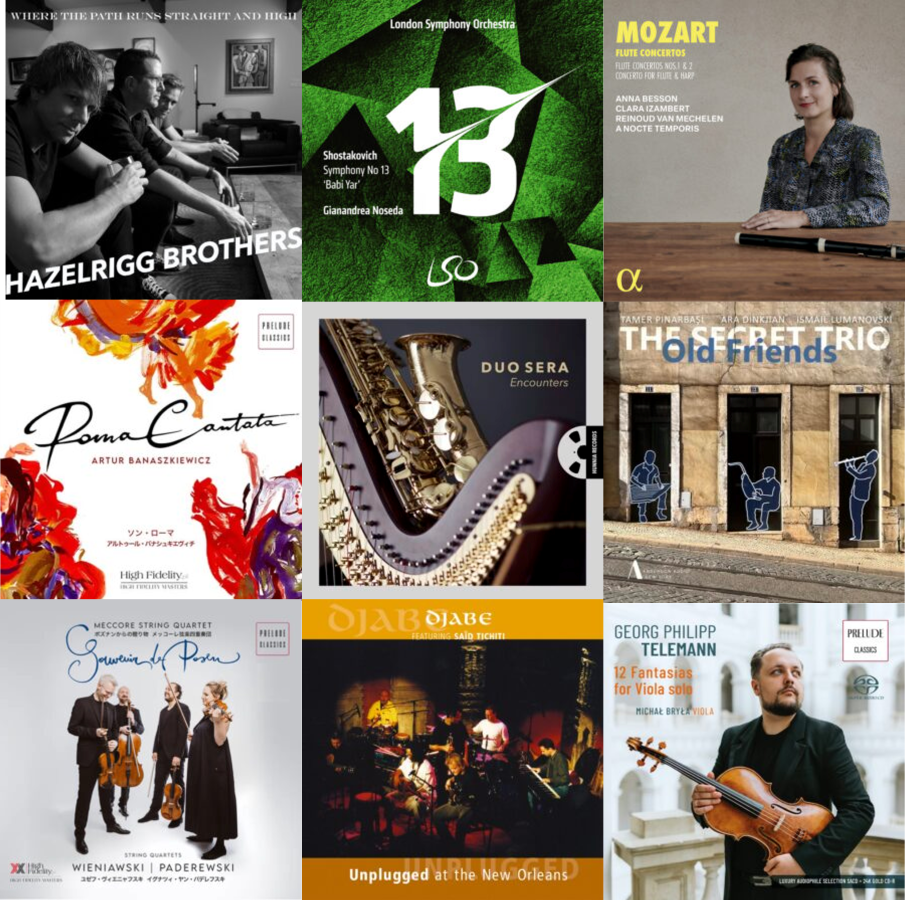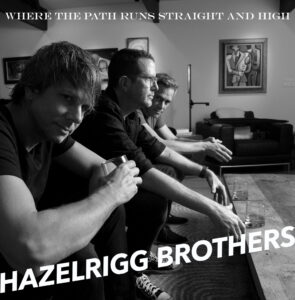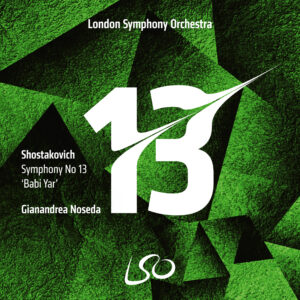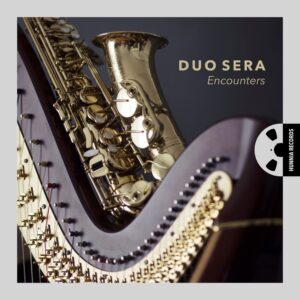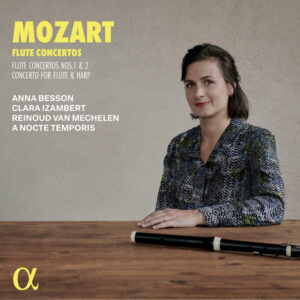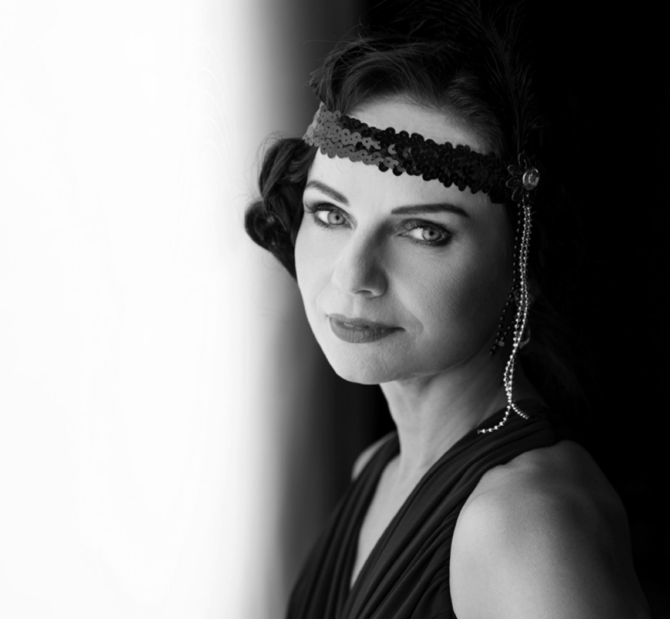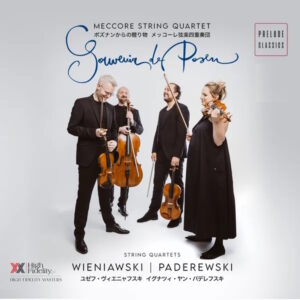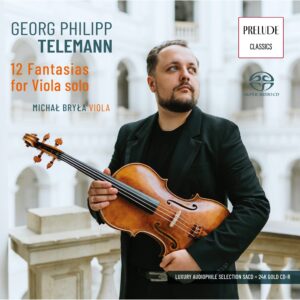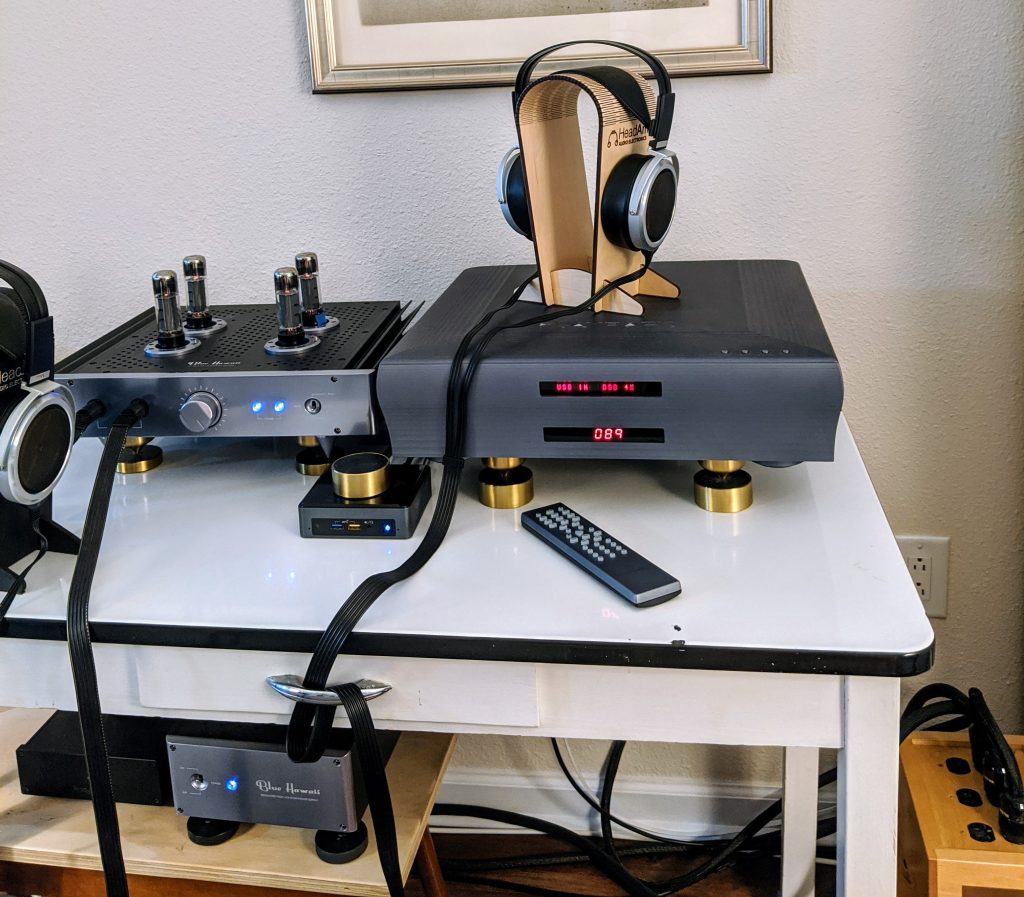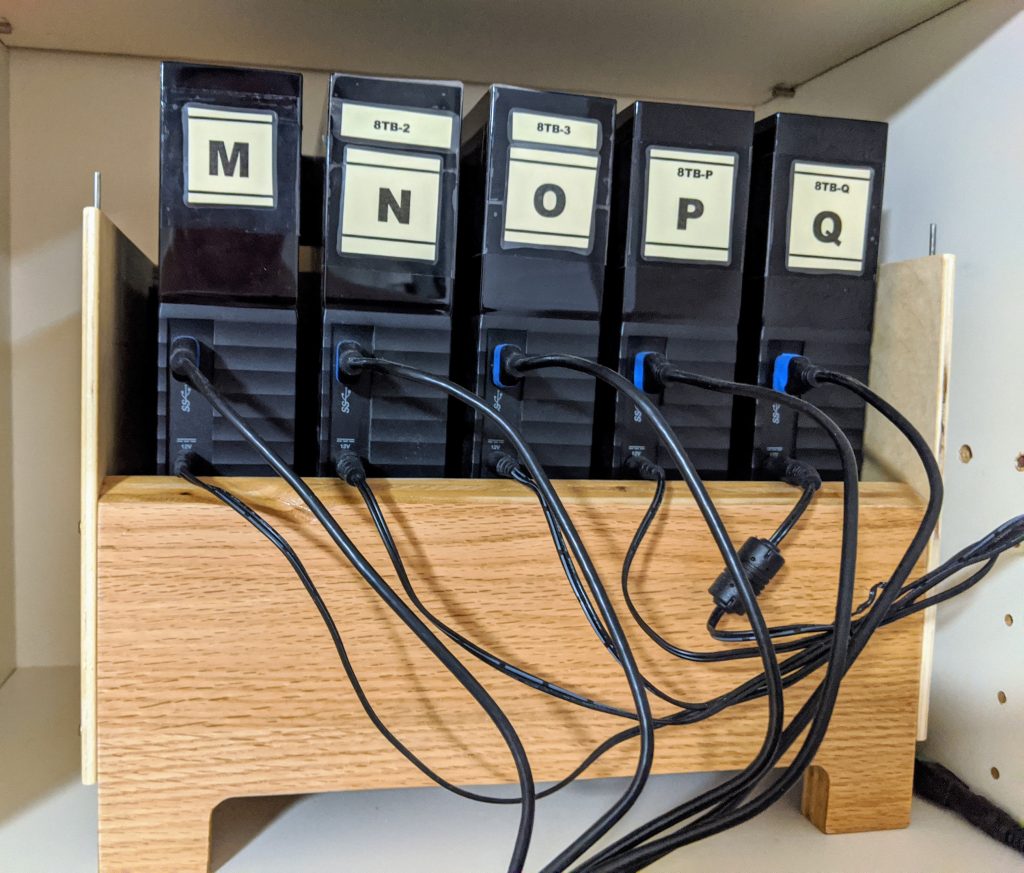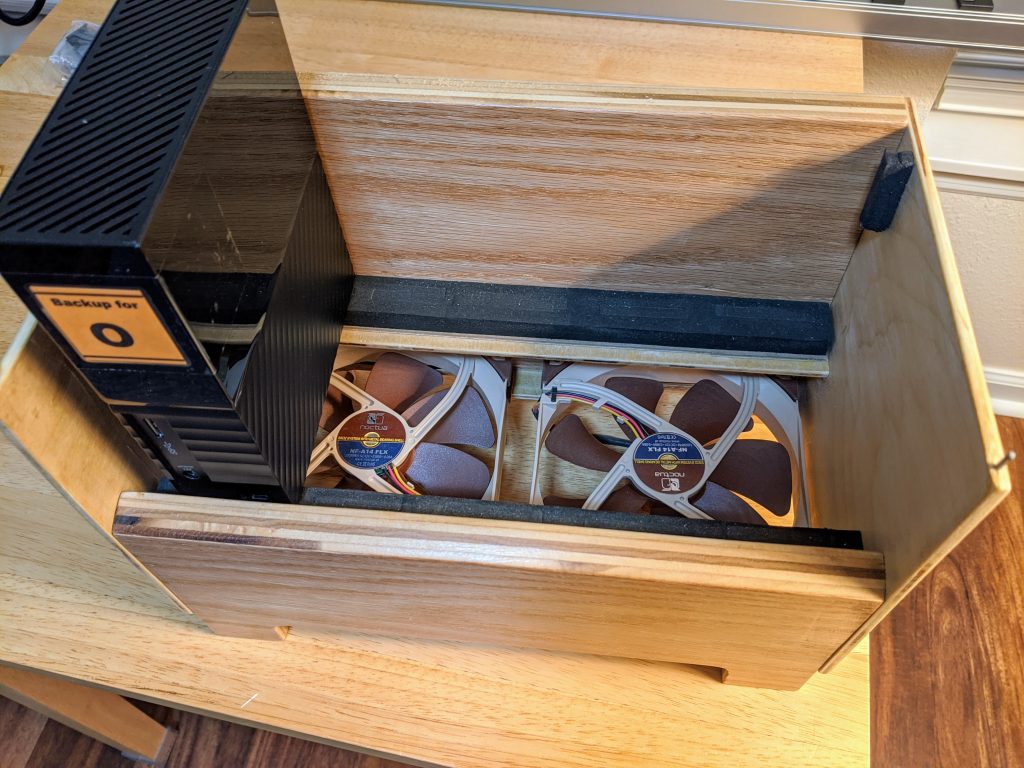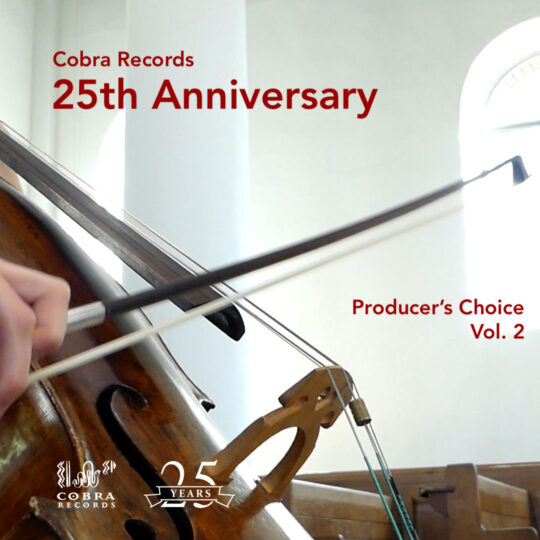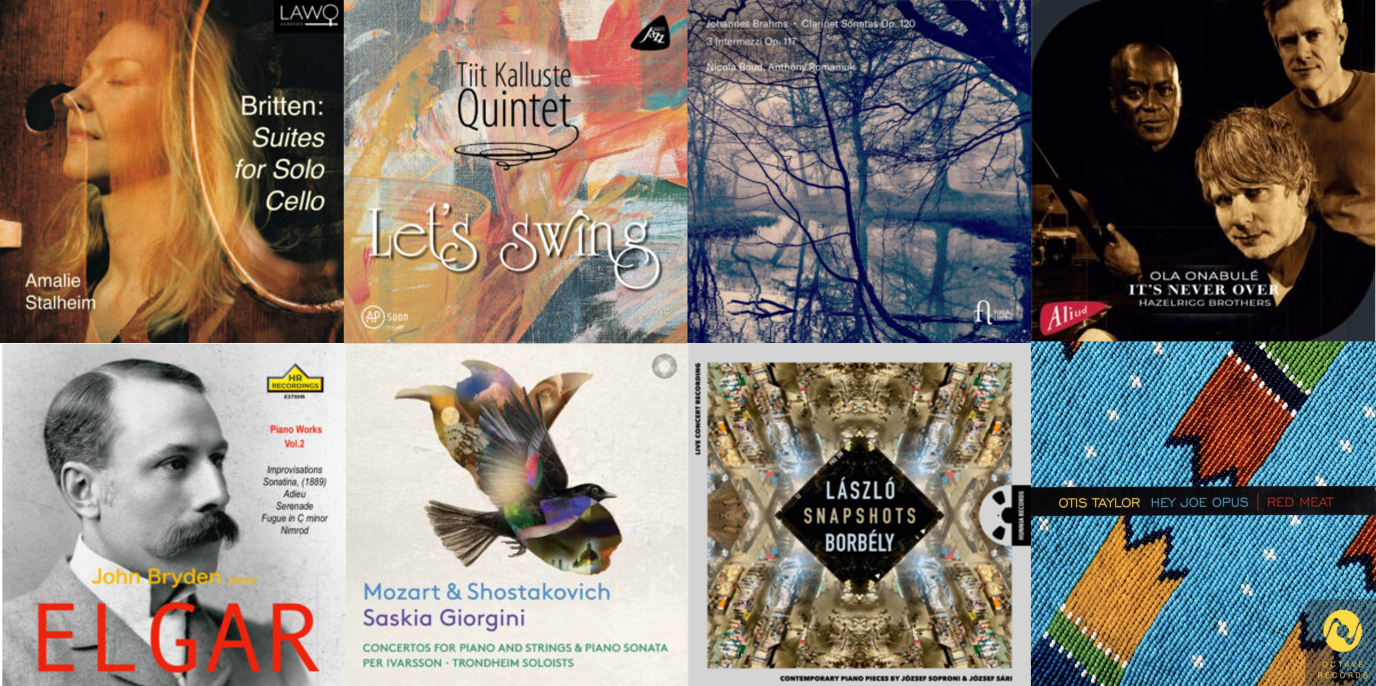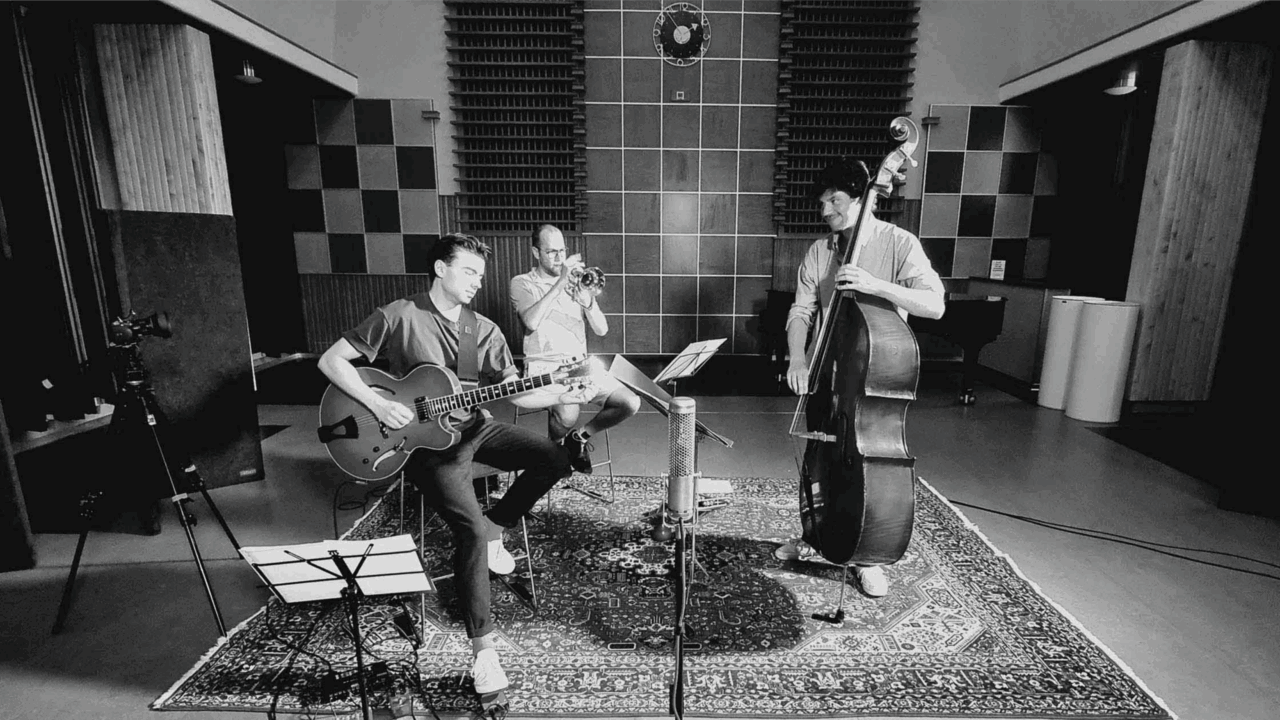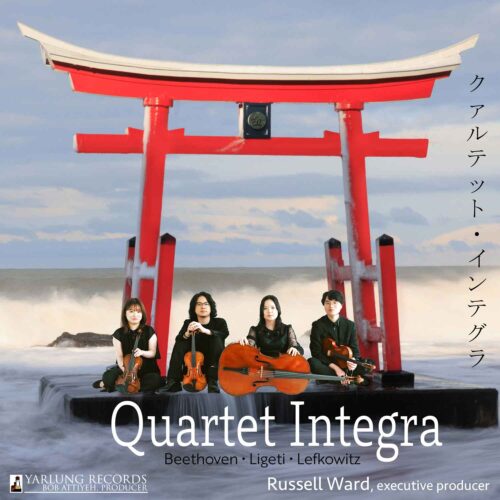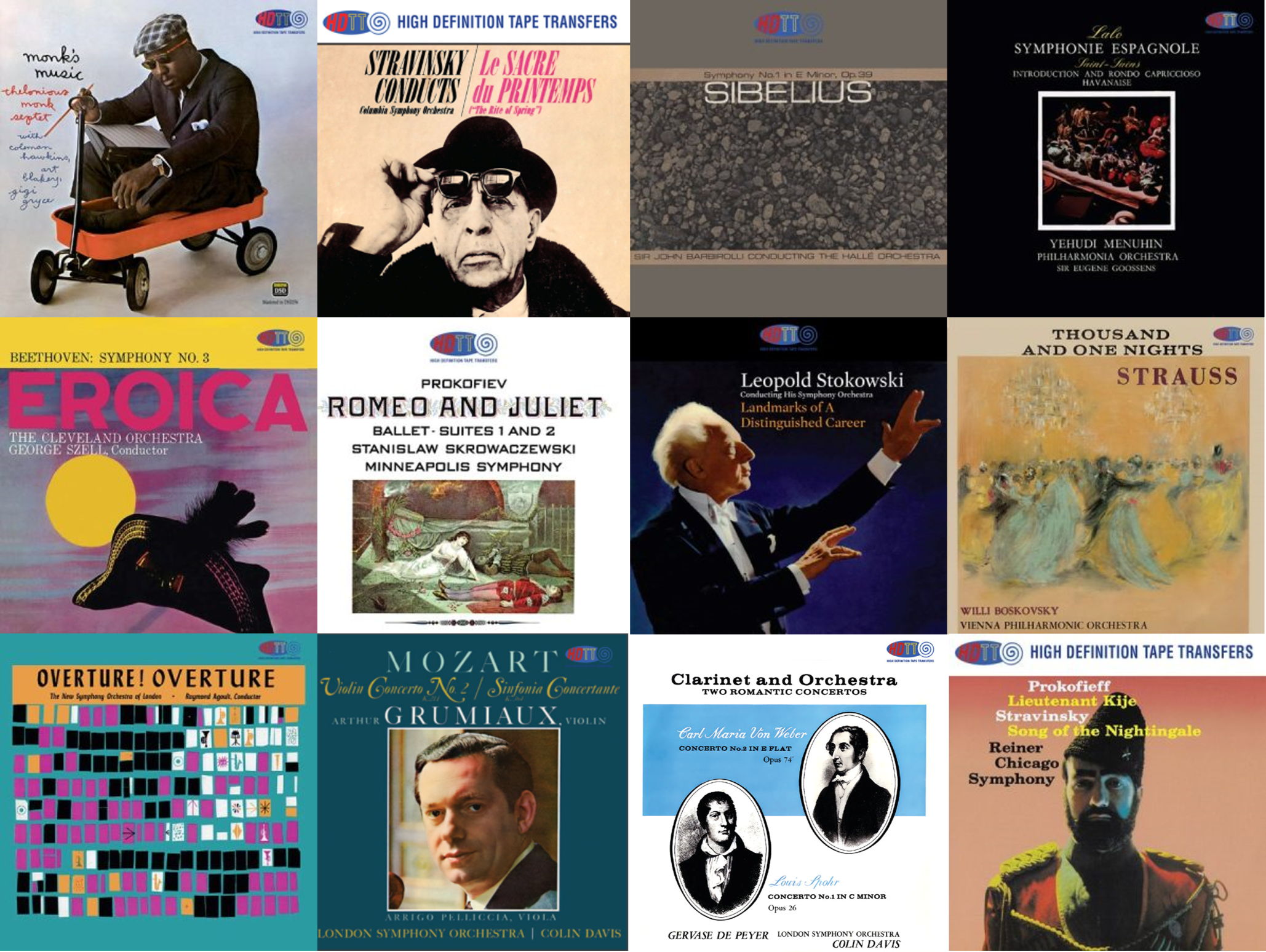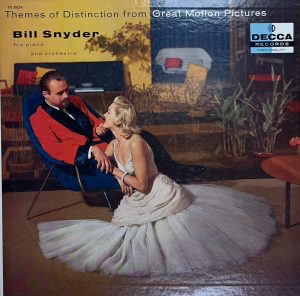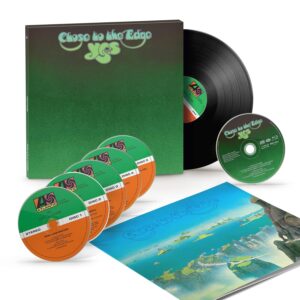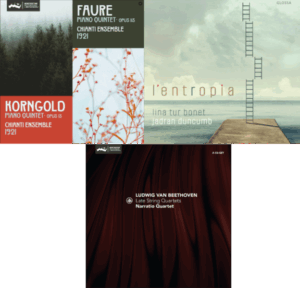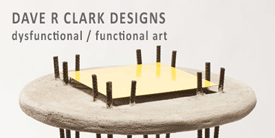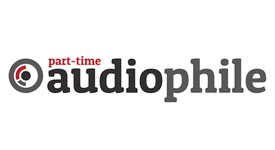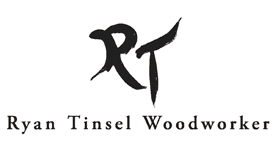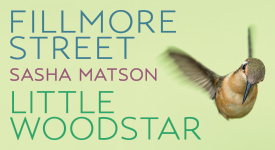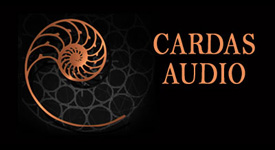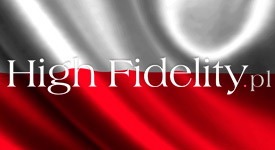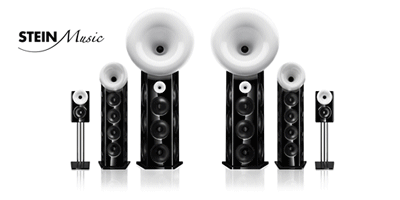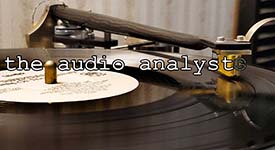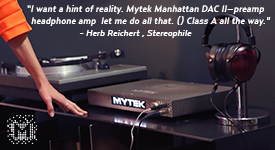NativeDSD's catalog continues to expand, with new artists and new labels. As I've written before, I enjoy recommending new albums from NativeDSD because I trust that the sound quality will be very high, regardless of the format or original recording resolution. Too many times I've been disappointed by the sound quality found elsewhere, even from the same labels, even the same albums. No, NativeDSD is not perfect. But on the odd occasion when something has been off, they have worked hard to get it corrected. And I value that. With that said, here are some recordings I've been listening to recently that I can heartily recommend to you.
Where The Path Runs Straight And High: Music of Led Zeppelin, Hazelrigg Brothers. Outer Marker Records 2025 (Pure DSD256) Edit Master Sourced HERE
Direct, simple, and immensely challenging in the end. Piano, bass, drum kit. Add two stereo microphones. Track in DSD256 using vacuum tube microphone preamplifiers into a Merging Technologies Hapi AD converter. Mix in the analog domain using a custom analog tube mixer, tube equalizer, and tube compressor with a vintage EMT plate reverb. Output to DSD256.
Music of Jimmy Page and Roger Plant, arranged for a trio.
No edits, no overdubs. What you hear is what they played in the studio in complete unedited takes. Just completely engaging. And extraordinarily well done.
When you want to be absorbed in your listening, put this on.
Shostakovich Symphony No. 13 "Babi Yar," Gianandrea Noseda, London Philharmonic Choir, London Symphony Chorus, London Symphony Orchestra, Vitalij Kowaljow (bass). LSO Live 2025 (DXD, DSD256, Stereo, MCh) Edit Master Sourced HERE
This is an excellent new recording of one of Shostakovich's most challenging symphonies. Gianandrea Noseda and the LSO continue what has thus far been a brilliant Shostakovich cycle of recordings. Importantly, the recording engineers, Jonathan Stokes and Neil Hutchinson for Classic Sound Ltd, have gotten a firm handle on the notoriously difficult acoustics of the Barbican Hall, London.
Recorded in 2023 with channel tracking in DSD256 but mixed in DXD, this recording balances all of the massive forces on stage very well. The bass soloist is not spotlighted, he sounds integrated into the orchestral space, but his voice is nonetheless very clear, very distinct, very easy to hear the Russian text. Chorus and Choir similarly are captured with excellent resolution. And both sing the Russian text with clarity, in keeping with the best traditions of British choral groups. Whether their Russian intonation is accurate I will leave others to comment on. To me it sounds very convincing.
At the moment, this stands as my favorite performance of this symphony. I love the way Noseda interprets and conducts the symphonies of Shostakovich. He is direct and concise, consistently getting a degree of crisp precision from the orchestra that makes Shostakovich engaging and eminently enjoyable. Each of his recordings of Shostakovich with the London Symphony Orchestra are worthy additions to one's library for anyone who appreciates the music of Shostakovich.
Encounters, Duo Sera (Anastasia Razvalyaeva, harp, Erzsébet Seleljo, saxophone). Hunnia Records 2025 (Pure DSD256, Stereo) Edit Master Sourced HERE
This album was inspired by Duo Sera’s early concert series where Renaissance songs and contemporary works were performed side by side, creating dialogues between past and present. During the concerts the short songs by John Dowland functioned as transitions—musical "neutral zones" that helped audiences engage more easily with the contemporary pieces. An interesting recital and an excellent recording. Utterly transparent, with extreme detail, and very natural sound of the acoustic instruments and percussion items used by the artists. It is a nice window onto unique segment of Hungarian contemporary music.
If you are anything like me, you may love the experimental nature of many of these contemporary compositions. I think they are just great and very enjoyable.
But, be aware, this is contemporary classical music. It may even be described as experimental. And it may stretch your comfort zone. NativeDSD provides full length audition tracks in 44.1kHz 16-bit resolution, so check the audition tracks out to see if you might enjoy the music. But don't rely on them to tell you about the superb sound quality to be heard in the Pure DSD256 edition!
Erzsébet Seleljo (saxophone), Anastasia Razvalyaeva (harp)
Old Friends, The Secret Trio (Ara Dinkjian, Ismail Lumanovski, Tamer Pinarbasi). Anderson Audio 2025 (DXD 32-bit, Stereo, MCh) Edit Master Sourced HERE
The wizards of Anderson Audio, NY, are at it again. This time with some really well played "World" music, all acoustic with oud, clarinet, and kanun.
Album Producer and Recording Engineer Jim Anderson comments, "The Secret Trio with kanun player Tamer Pinarbasi, clarinetist Ismail Lumanovsk, and Ara on oud sound, to me, as old friendly souls, or as the title of this album states: Old Friends. Together, the group has created an ageless sound and crafts timeless music that spans ages and links distant worlds. I welcome reuniting with my old friend Ara Dinkjian in the studio, once again, and hearing him in this context with Tamer and Ismail, The Secret Trio, and proudly present to you Old Friends."
The album was recorded Live to Stereo and 5.1 Channel Surround Sound DXD 32-bit at the Clive Davis Institute of Recorded Music in Brooklyn, New York. Engineered by Jim Anderson and Ulrike Schwarz at Anderson Audio NY. And the recorded sound is just excellent. Jim and Ulrike have captured the sound very directly, very transparently, with excellent soundstage reproduction in the DXD 32-bit stereo edit master to which I am listening now. It is such a great pleasure to hear this delicious recording and these outstanding musicians.
If you enjoy the sounds of the Middle East, with its music that so grounded the early developments of western music, I think you will enjoy this extremely well played album. I certainly do!
Mozart Flute Concertos, A Nocte Temporis, Anna Besson (flute), Clara Izambert (harp), Reinoud van Mechelen (conducting). Alpha Classics 2025 (192k, Stereo) Edit Master Sourced HERE
Stylishly performed, well executed performances, nicely recorded, are always welcome in my listening room. And this new collection of Mozart delighted me. Anna Besson's performance on flute is fresh, agile, and utterly beguiling. Clara Izambert on the period harp (1820) is a perfect partner in the Concerto for Flute & Harp, both when taking the lead and when supporting. The liner notes comment that the cadenzas for flute and harp were freely inspired by cadenzas by Robert D. Levin and Paul Badura-Skoda, so definitively good DNA at work here.
The flute concertos were composed by Mozart on a commission from Ferdinand Dejean, an amateur flautist and retired surgeon of the Dutch East India Company. Mozart termed them "some simple, short little concertinos." But these pieces in fact demand great virtuosity from the soloist, as well as a sensitivity to tonal nuances. They have been popular fare ever since.
The Concerto for Flute and Harp was written on a later commission during Mozart's time in Paris. This time for a flute-playing aristocrat and his harpist daughter to perform as a duo of soloists. And for this commission, the flute playing father had a more contemporary flute with eight keys (versus the single key in the earlier commission), allowing the flute to reach down to middle C, and to play in the hitherto impractical key of C. Now, those of you who are musicians may understand all of this. I'm simply reporting from the liner notes because I find it fascinating. It certainly makes this work sound more complex and varied.
Anna Besson has been among the top flute soloists performing in recent years. Her playing is just marvelously fluid and nuanced. She is an active and versatile performer regularly found performing both as a soloist and as an orchestral musician within ensembles. And, she is fully comfortable 18th- and 19th-century chamber music repertoire on both modern flute and baroque traverso flute.
She is a musician whom I look forward to hearing each time she releases an album. Hopefully, NativeDSD will be able to obtain more of her "back-catalog" recordings from Alpha Classics. In the meantime, get this one!
Other albums in which you'll find Anna Besson performing with ensembles she has founded or co-founded (HERE and HERE):
Roma Cantata by Artur Banaszkiewicz, performed by Justyna Reczeniedi (soprano), Krzysztof Zimny (tenor), Witold Kawalec (piano). Prelude Classics 2025 (DXD, DSD256, Stereo, MCh) Edit Master Sourced HERE
I've been listening to this DXD recording from the Polish label, Prelude Classics, and have been quite taken by it. It is musically very interesting and well performed, and the recording is very nicely done. Prelude Classics has four albums listed at NativeDSD (HERE) and this is the first one to which I've listened. I will listen to more given how much I am enjoying this.
Prelude Classics says their commitment is to very high resolution recordings "guided by the mission of capturing the emotions triggered by the musical experience." So, good mission. And thus far I would say this release is meeting their goal. My only reservation is that sound is very closely miked, leaving little sense of the actual space in which the vocal soloist and pianist exist during their performance. I.e., little sense of the natural acoustic of the recording venue. But, otherwise, the recording is very natural sounding, very transparent, very open, and not compressed (thank goodness!).
The music is a dynamic mix of influences found with abundance in the Romani culture. The composer writes that the Roma Contata: "takes the audience on a musical journey along the trail of Gypsy wagons travelling across Europe. The music contains Hungarian, Romanian, Balkan, and Spanish elements as well as a reference to Paganini and a paraphrase of Monti’s famous Csardas with Sprechgesang [a style of dramatic vocalization intermediate between speech and song] and scatting the vocals."
As illustrated in the diagram below, Prelude Classics explain that they use "a modified Decca Tree technique originally worked out by Decca sound engineers in the early 1950s, first commercially applied by Arthur Haddy and Roy Wallace in 1954, and later improved by engineer Kenneth Ernest Wilkinson."
Unfortunately, the spot mics for piano and soprano completely take over the sound of the album as it has been mixed and released. Granted, I listen over headphones. But normally I have no difficulty hearing excellent spatial clues and broad soundstages and depth. But here I simply am not hearing what the very respected editor-in-chief of High Fidelity, Wojciech Pacuła, describes: "The sound has not only a spatial quality (that is, a wide panorama), but also depth. The vocals are definitely more open than the piano, which is placed deeper up the acoustic scene." But, perhaps this comment refers only to the track with the choir, and on that track I can hear what he describes.
Still, an excellently detailed and dynamic recording with extended frequency range and unlimited dynamic contrasts, very accurately captured. Soprano Justyna Reczeniedi has a beautiful and very expressive voice. I'd classify it as a winner, both musically and sonically.
Justyna Reczeniedi, soprano
From the enclosed booklet:
- Microphones: Ehrlund EHR-M, Sennheiser MKH 8090, Royer Labs SF-12, Sony C-100, and Line Audio OM1
- Recording, editing and mastering: Pyramix Virtual Studio by Merging Technologies
- Original Recording Format: PCM 352.8kHz 24-bit
Souvenir de Posen (World Premiere Recording), String Quartets of Wieniawski and Paderewski, Meccore String Quartet. Prelude Classics 2024 (DXD, DSD256, Stereo, MCh) Edit Master Sourced HERE
The Meccore String Quartet presents two very nice performances of music by Paderewski and Wieniawski, recorded in excellent sound quality—resonant, detailed, dynamic—a sonic delight with some excellent music.
The first work is by Polish pianist and composer Józef Wieniawski (1837-1912), not to be confused with his more famous older brother, violinist and composer Henryk Wieniawski (1835-1880). Józef's work that we hear in this album is his 30-minute long String Quartet in A minor, Op. 32, a seriously romantic piece written in 1882. It is his only string quartet but it was quite popular in its time, is today part of a resurgence of interest in Józef Wieniawski's compositions. This performance by the Meccore String Quartet add to this resurgence of interest significantly. They play with a total command of the music as it flows through contrasting lyrical and spirited motifs with Polish influences.
Ignacy Jan Paderewski (1860-1941) was born in Kuryłówka, Podolia, a town in Russian Poland that no longer exists but otherwise now part of Ukraine. Paderewski lived a somewhat peripatetic life, moving to Switzerland, back to Poland, then to Paris, and finally to the United States in 1940 where he died soon after. As a concert pianist, he performed all around Europe and the U.S. As a statesman for the Polish republic and the national council during exile in WWII, he's life was fraught. Never one to take criticism well, he finally abandoned politics for music performance and teaching.
As a pianist, Paderewski was known for his charismatic stage presence and ability to connect emotionally with his audience. Rather like Franz Liszt, he could electrify listeners with his personality. His virtuoso career spanned over 50 years, with tours of the world’s greatest concert stages.
On this album we hear his Variations and Fugue in F Major for String Quartet. In this original arrangement, this is a world premier recording. In two movements, the first of almost 15 minutes titled "Variations" and the second an all too brief 2 minutes, the work is enticing. As it ended, I keep waiting for more. But alas, no more pleasure was to be delivered. Still, what Paderewski gives us is very fine fare.
The members of the Meccore String Quartet have been performing together since 2007 with performances throughout Europe, plus Montreal and New York City. Their discography includes the works of Tchaikovsky, Grieg, Penderecki, Szymanowski, Debussy, Mozart, and Beethoven. And, with this album, now extends to Wieniawski and Paderewski. I've not listened to their other releases, but following my experience with this album, I plan to make a point of seeking them out.
Telemann, 12 Fantasias for Viola Solo (World Premiere Recording), Michał Bryła (viola). Prelude Classics 2024 (DXD, DSD256, Stereo, MCh) Edit Master Sourced HERE
Violist Michał Bryła is a skilled musician dedicated to his music. He is also an audiophile who values recordings made to the highest possible fidelity to the sound of the original performance on his record label, Prelude Classics. That he is also dedicated to creating performances in natural acoustic settings that provide an excellent overall reverberation character—not a studio with artificial reverb added—makes these recordings a true prize. Oh, this is indeed someone after my heart.
Georg Philipp Telemann (1681-1767) originally composed these Fantasias for the cello da gamba. They were among a collection of sets of twelve fantasias each for solo instruments (viola da gamba, solo flute, harpsichord). Here, Michał Bryła creates a new edition of the fantasias, translating the fantasias for viola da gamba to his instrument, the viola. In doing so, he says that his goal was to translate them while remaining true to the nature and flavor of the original versions. I am not the right person to judge how well he accomplished that goal, but I will tell you that I find his translations to be immensely pleasurable in their own right. And, they sound like Telemann to me, one of my favorite Baroque composers.
Bryła's playing is outstanding. Fluid, dynamic, graceful—all at single go. Do I prefer these performed on the viola da gamba? Well, I thought I might. But hearing Bryła changed my mind. These works flow so easily on my ears, I find my brain so completely engaged, I find his playing so completely engaging, that I am now totally a fan of what he accomplishes in this set of fantasias. They stand well on their own, without comparison to anything else.
This now makes three Prelude Classics albums I've heard, and I have enjoyed each one immensely. Congratulations, Michał Bryła, on an excellent start with your new label. I look forward to hearing your future projects!
Djabe, Unplugged at the New Orleans (Budapest). My Reel Club 2002, 2025 (Pure DSD256, transferred from the analog master tape, Stereo) Edit Master Sourced HERE
In 2002 Djabe gave a series of concerts in the then most famous jazz club in Budapest, New Orleans. For eight nights the group played almost totally different sets. The last two nights were unplugged gigs. On November 19, 2002 Saïd Tichiti joined Djabe. These 9 tracks are taken from that show. The set covers the whole career of the band from their first album Djabe to Sheafs are Dancing creating a new and fresh approach of many classic and previously live unplayed Djabe tracks.
Alive, transparent, thoroughly engaging. And the performances are pure Djabe at their best. Saïd Tichiti joins the group on vocals to provide for some truly special sets. In this all acoustic performance, the sounds of drums, bass, violin, guitar, trumpet, flugelhorn, conga, and bongo fill the air with delicious vibrations. The keyboard work is agile and propulsive, particularly Witchi Tai To, track 6.
As always, Djabe's mix of musical ingredients is creative, fresh, and propulsive. It just makes me feel good to listen.
Formed in 1996, Djabe composes its own works in a jazz style mixed with elements of Hungarian and African music. This album was first released as a double CD in 2003, so you are likely to have encountered the music of Djabe. If not, this is the best introduction you could find. And, if so, then you need to add this new Pure DSD256 transfer from the analog master tape for the best sound quality ever.

